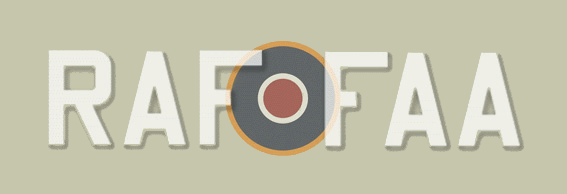
1943-08-24
Halifax MK 11 LQ.V - Serial # HR923
405 Sqn. Grenadine Lodge

Colorprofile by Torstein Landström
- WO1 H Smith - Pilot
- F/O Davies - Navigator
- Sgt Cassion – Bomb Aimer
- Sgt O'toole - Wireless Air Gunner
- Sgt Catlin – Flight Engineer
- Sgt Gate – Mid Upper Gunner
- Sgt J Flick – Rear Gunner
From Berlin to Sweden
or
Canadians play hockey in Sweden 1943
- Written by Jim Flick -
We had been on two long trips, first Nuremburg on the 10th of August and Turpin on the 12th August. After the Turpin trip our pilot F/S Robinson became ill and we were given another pilot, WO 1 Hector "Snuffy" Smith, RCAF. We carried out several training flights and a couple of dry land dinghy drills insisted on by our Navigator, F/O Davies.
During our training period we missed 5 operational trips up to the 22nd of August and, now that we were considered operational again, we expected to get the next one. I shall never forget that briefing when the curtain was removed revealing the tape running all the way to Berlin, the big one! I guess a little shudder of fear ran through me, if not everyone present. We took off at 22:00 hours, crossed the Dutch coast, and then it was almost straight ahead for Berlin. Target Indicators (T. I,s) were to be dropped over Berlin at 17 minutes before midnight.
According to the Navigator, at this predetermined time, we were over the centre of the city. At that moment I reported that T.I.s were going down approximately 5 miles behind. We were then coned by searchlights. The pilot pulled the aircraft around and up and then straight down into the centre of the cone. In that first violent maneuver I blacked out in my rear turret. When I came to a few seconds later I was looking at the nose of a Messerschmidt 109, his wing gun fire going by me on both sides taking most of our fins and rudders. He was sitting out there about 100 yards away, a point blank shot for me, so I fired. At the same time the Mid Upper Gunner was taking care of another ME 109 as it came down across the rear turret with guns blazing. At the same time my ME 109 fired his cannon and the burst came in through the glass blister of my turret leaving a piece of shrapnel in my shoulder.
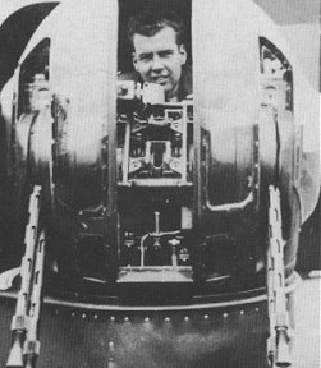
Sgt Jim Flick in his Rear Turret
By this time we were at 5,000 feet directly over Berlin. The pilot pulled out of the dive and headed North-North West. We did not see any more fighters that night. Our electronics were shot out and we still had our I.T.s on board. The Flight Engineer checked our fuel and we and we did not have enough to return to England. The aircraft was trying to stall so we got rid of the bomb bay T.I.s by manually dropping them through the floor. We still had four bombs on the wings, two on each side. The aircraft finally levelled out. It was those wonderful Merlin engines that got us out of that scrape. The pilot must have firewalled them all the way to the Baltic Sea.
We flew near the coast of Sweden and drew some anti-aircraft fire from the Swedish gunners, but it was nowhere near us, just part of their neutrality act to fire on any aircraft entering their area. The pilot decided to ditch the tired old "V" for Victor about three miles from the Swedish coast near Ystad. It was 3:00 hours, August 24, 1943. Our dry land dinghy drills certainly paid off as everyone knew exactly what to do. According to our Navigator we cut our dry land time in half.
We floated for about six and one half hours before being picked up by the Swedish Coast Guard and taken to Ystad. We were met by a Swedish Airforce Officer by the name of Lieut. Yackobie. We had been told about him in our briefings at Squadron. He was reported to be pro-Nazi. He was very friendly, gave us cigarettes and beer, but we did not tell him anything.
After taking myself and the bomb aimer to the hospital we were put on a train and taken to Falum, about 160 miles from Stockholm, to Internment Camp #4. We remained at that camp for a number of weeks and, as more airmen were arriving, the camp became too small. We were sent to ski lodges in the country. They were luxury hotels!
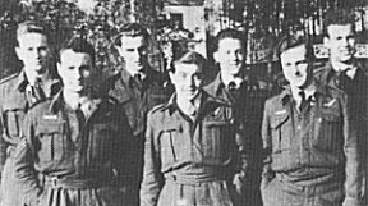
Crew of Halifax LQ-V
Front - O'Tool, Gatling, Davies
Back - Gates, Cassidy, Smith, Flick
We were given civilian cloths, skis, skates, etc. A reporter from Stockholm saw a few of us playing hockey on the lake near the lodge. He asked if we were Canadians and if we would make up a team to play a Swedish team. He arranged and paid for all our permits, travel expenses, and we played 24 games. It was a great way to fight a war.
We were repatriated to England on March 16, 1944 and given 5 weeks leave. It was back on operations again on May 27, 1944, with 432 Squadron. We completed one tour (35 Ops) in October and returned to Canada in November 1944.
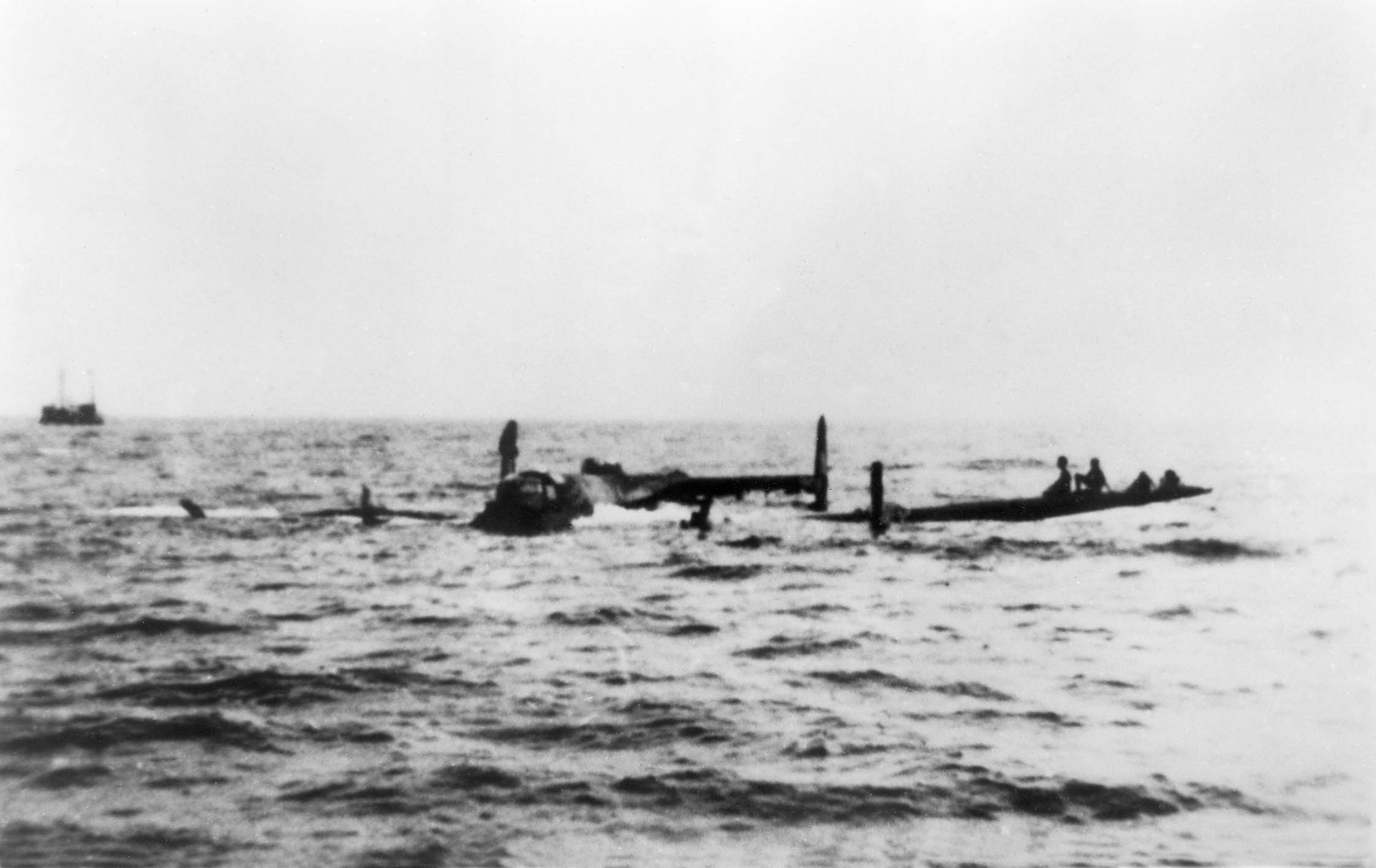
Photo via Bo Widfeldt
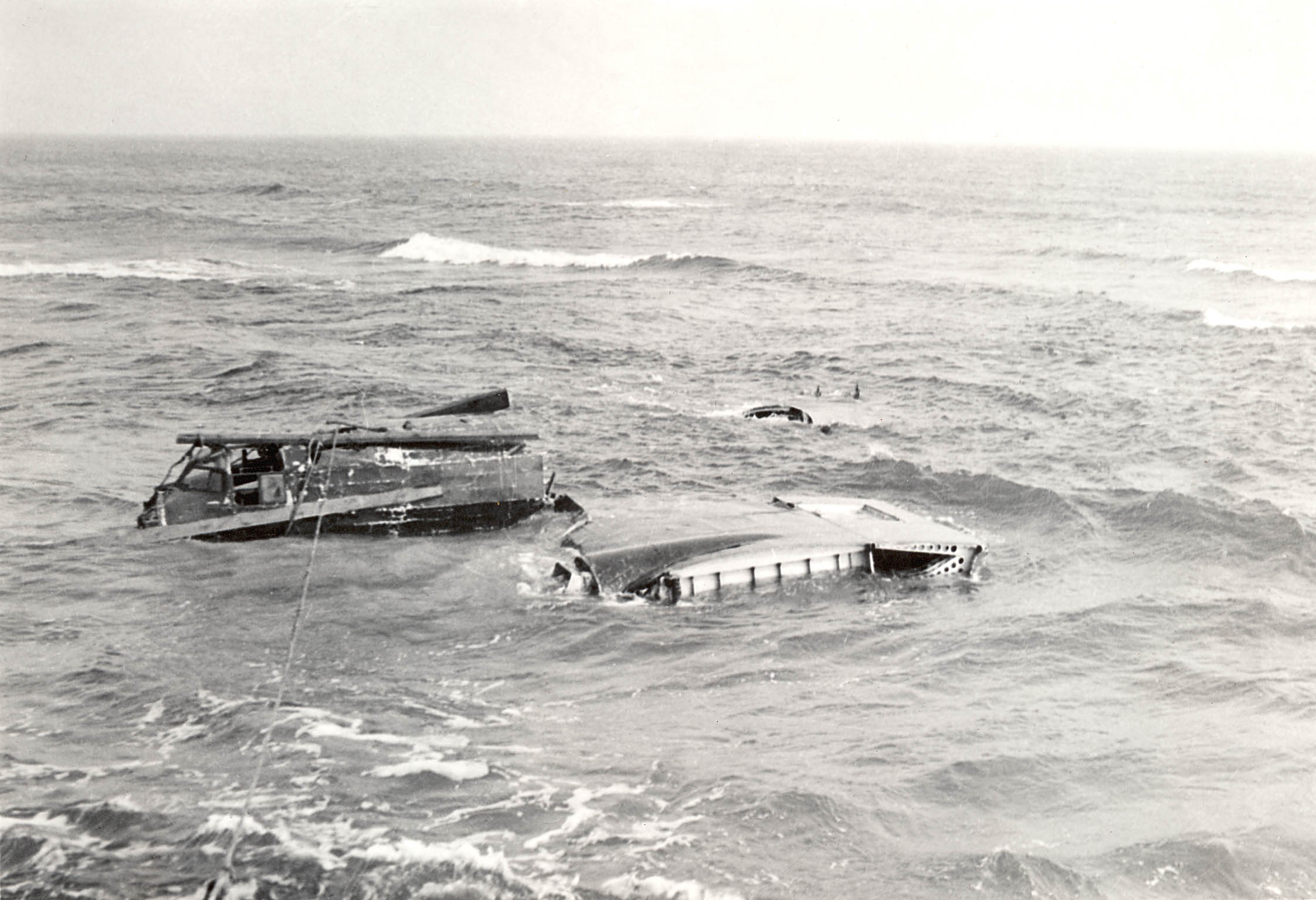
Photo via Bo Widfeldt
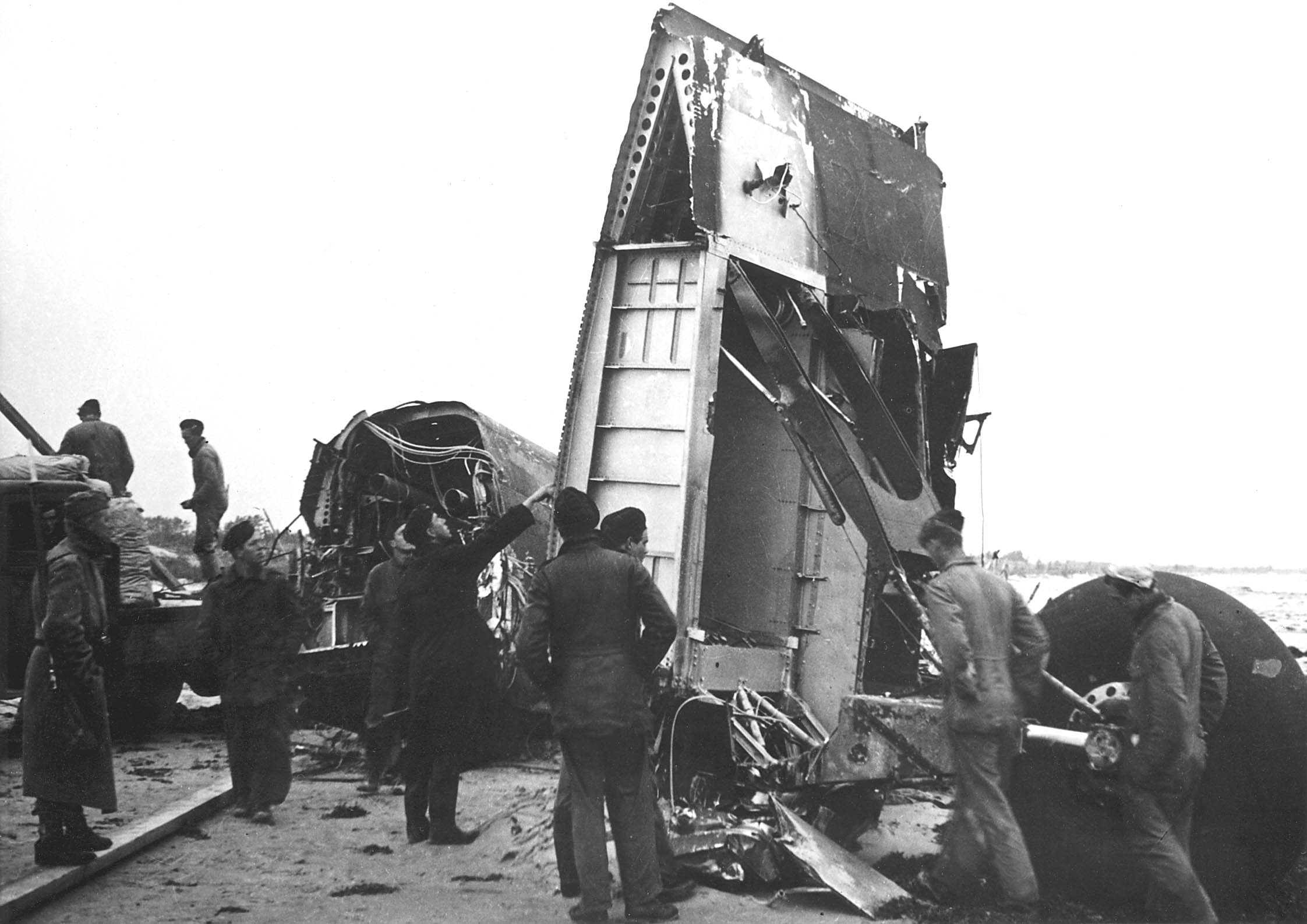
Photo via Bo Widfeldt
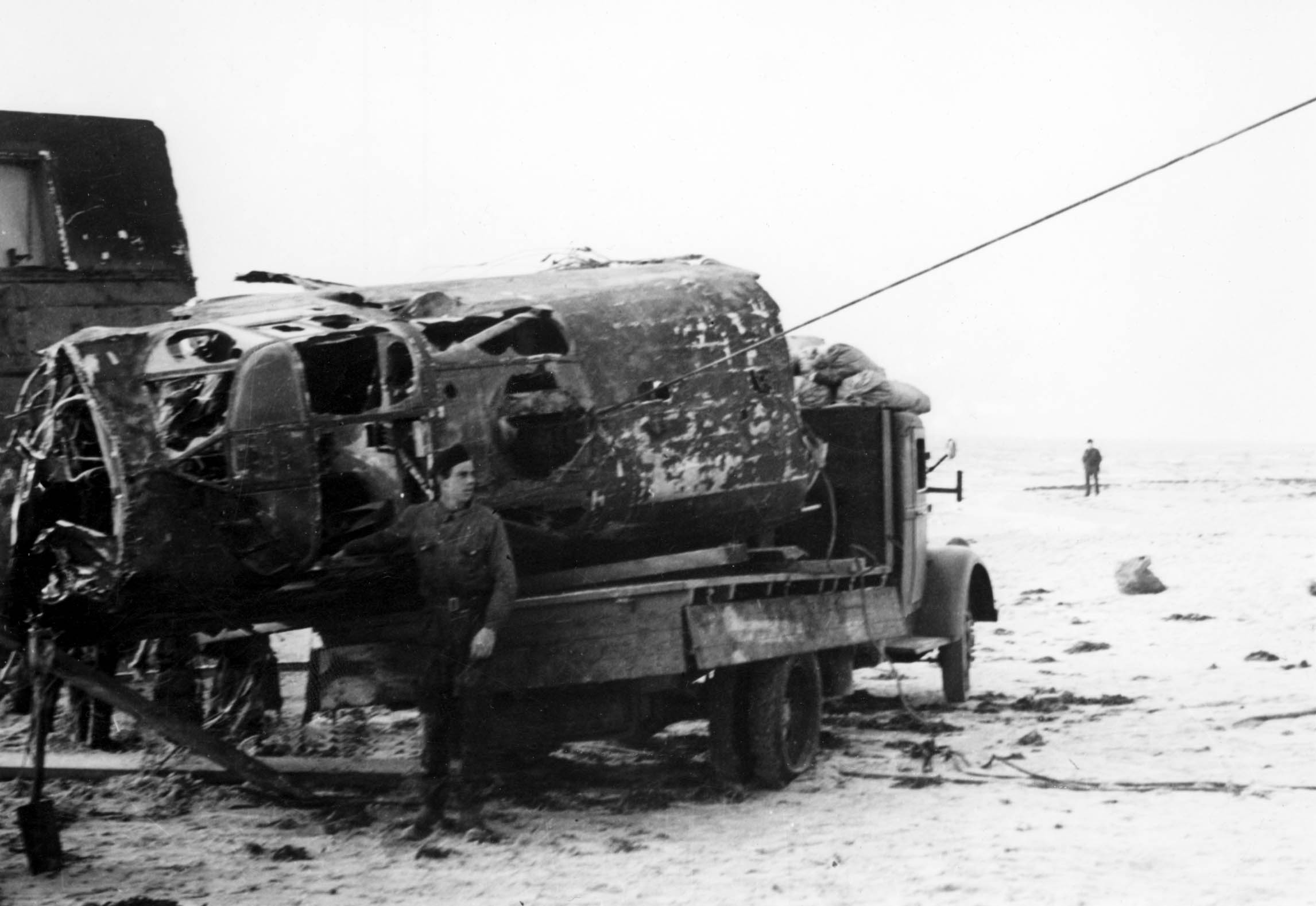
Photo via Bo Widfeldt
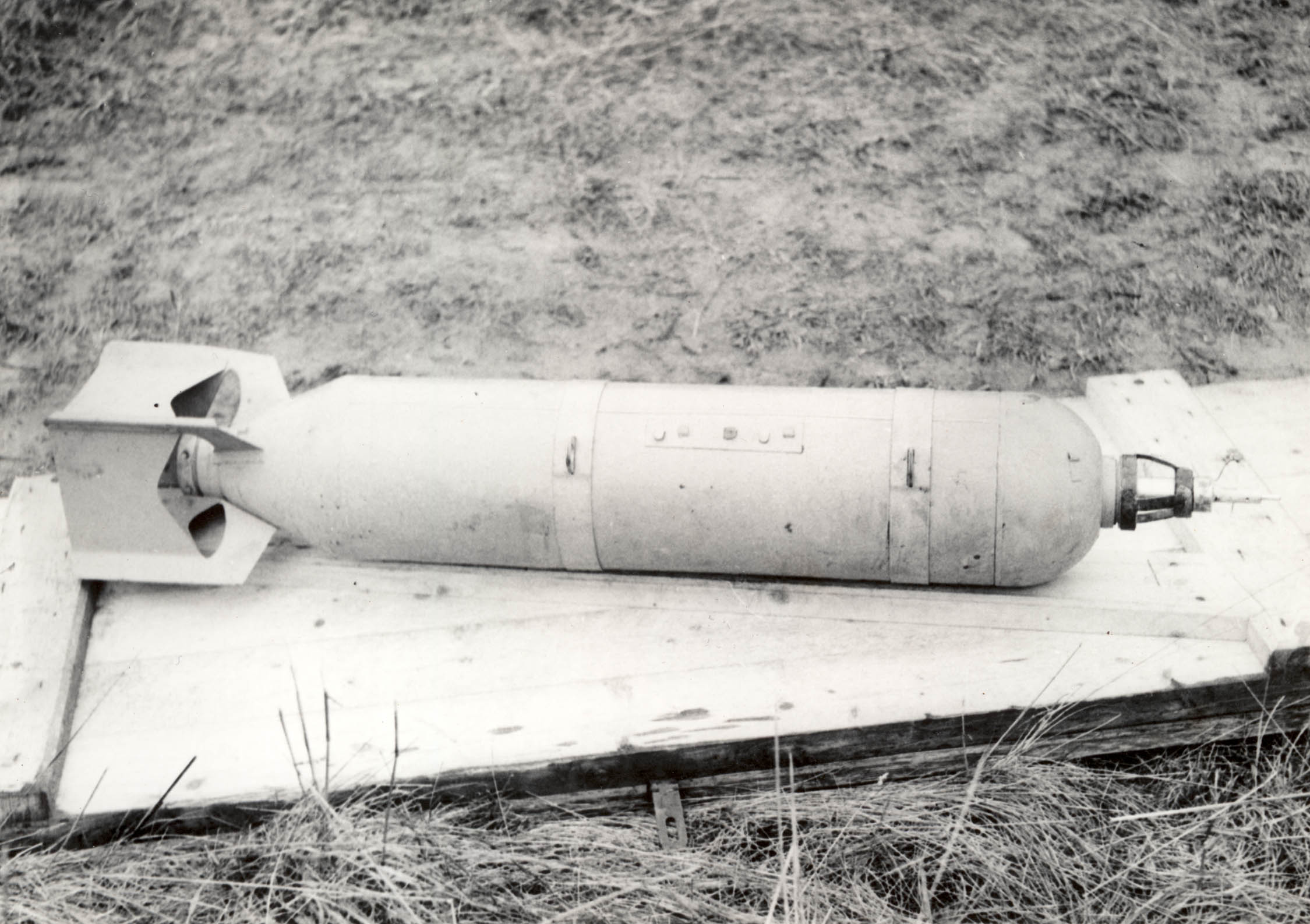
Photo via Bo Widfeldt
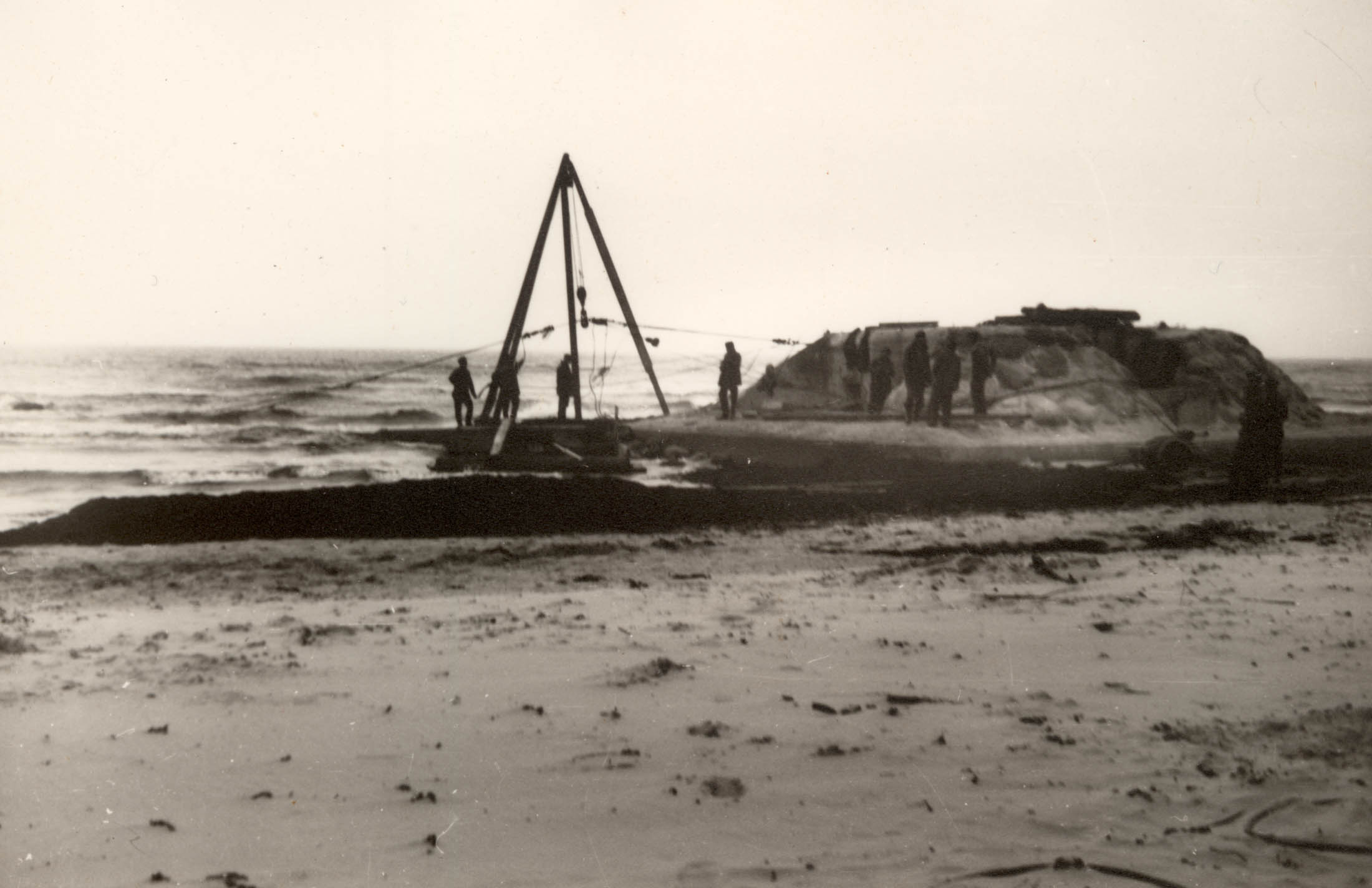
Photo via Bo Widfeldt
Sources/Thanks to:
Jim Flick
Karl Kjarsgaard
